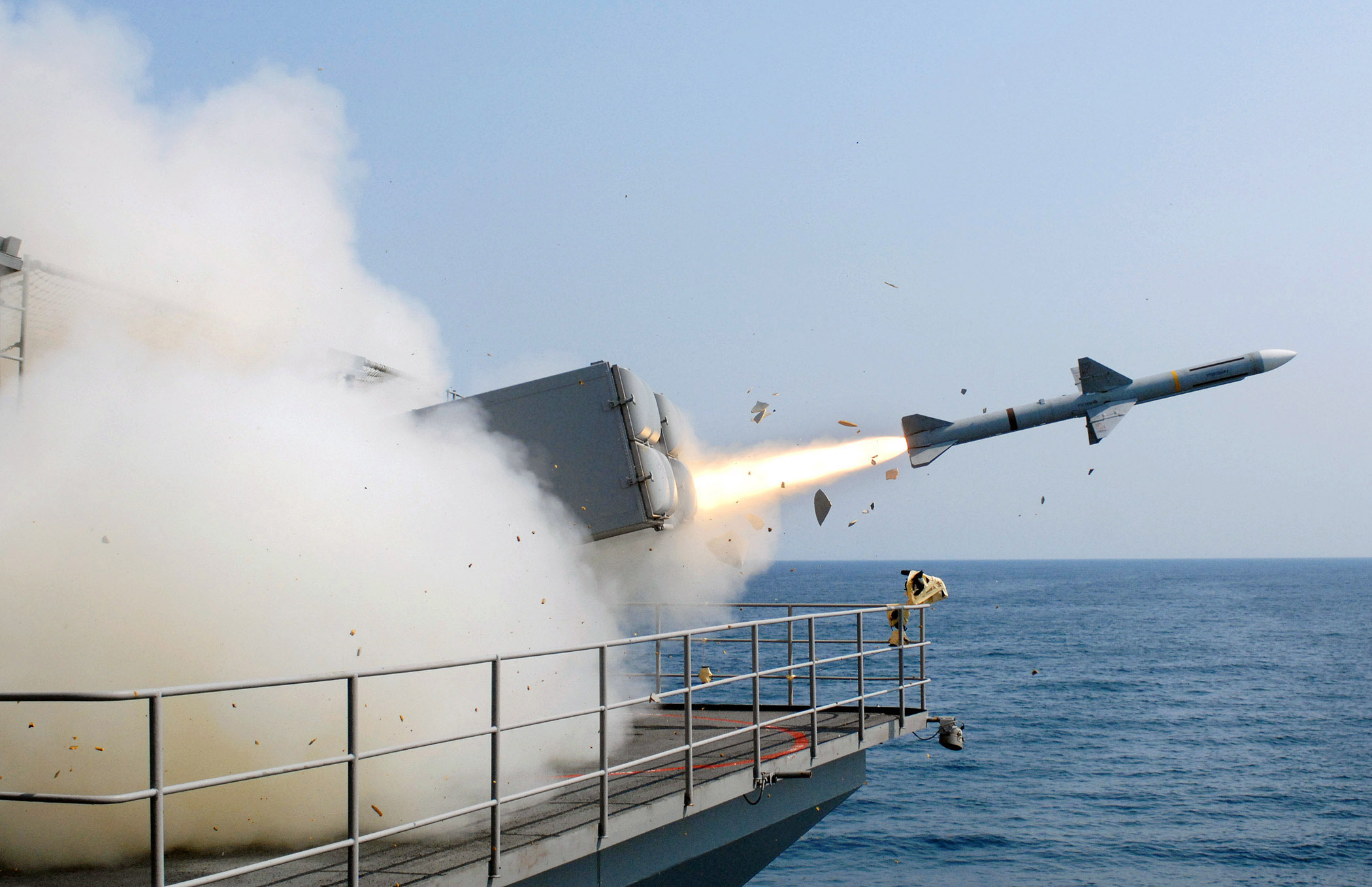India is equipping its newest submarines with an indigenous Air Independent Propulsion (AIP) system, developed by the Defence Research and Development Organisation (DRDO). The AIP system will be retrofitted onto the Scorpene class submarine INS Kalvari, which is the first Scorpene-class submarine built for the Indian Navy. The AIP system will replace the traditional diesel-electric propulsion system, allowing the submarine to remain underwater for a longer period of time and retain the element of surprise.
The AIP system developed by DRDO is a fuel cell-based system that extends the endurance of conventional submarines by two weeks. It significantly enhances the submerged endurance capability of submarines, allowing them to operate for extended missions without the need to surface or snorkel for air. The integration of the indigenous AIP system in INS Kalvari will reinforce India’s naval capabilities and mark a new era of self-sufficiency in defense innovation.
The AIP system is expected to be installed in three Scorpene submarines that India plans to acquire from France. This initiative is part of India’s Project-75, which involves a strategic collaboration between DRDO and Larsen & Toubro (L&T). The core technology driving this enhancement is the fuel cell-based AIP system developed by DRDO’s Naval Materials Research Laboratory (NMRL).
The integration of the indigenous AIP system in the Indian Navy’s submarine fleet represents a significant step towards enhancing national security and operational efficiency. It will augment the capabilities of the submarines, extend their endurance, and reduce their acoustic signatures, making them more formidable assets for naval operations.
Overall, the development and adoption of AIP propulsion systems have become a global standard, enhancing submarine capabilities and extending their endurance. India’s indigenous AIP technology is a testament to the rapid advancements in AIP capabilities globally.
Our Bureau





















Discussion about this post